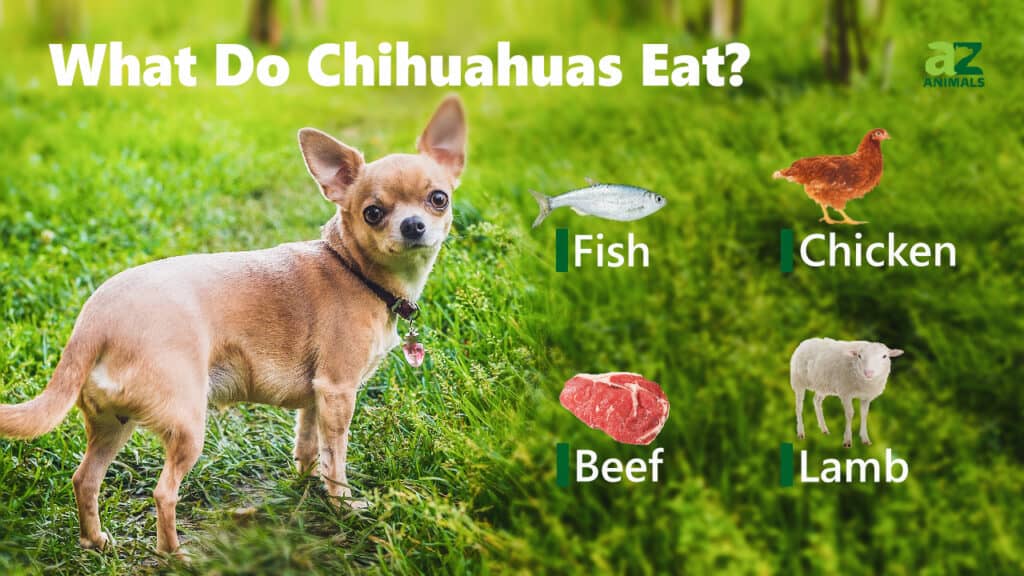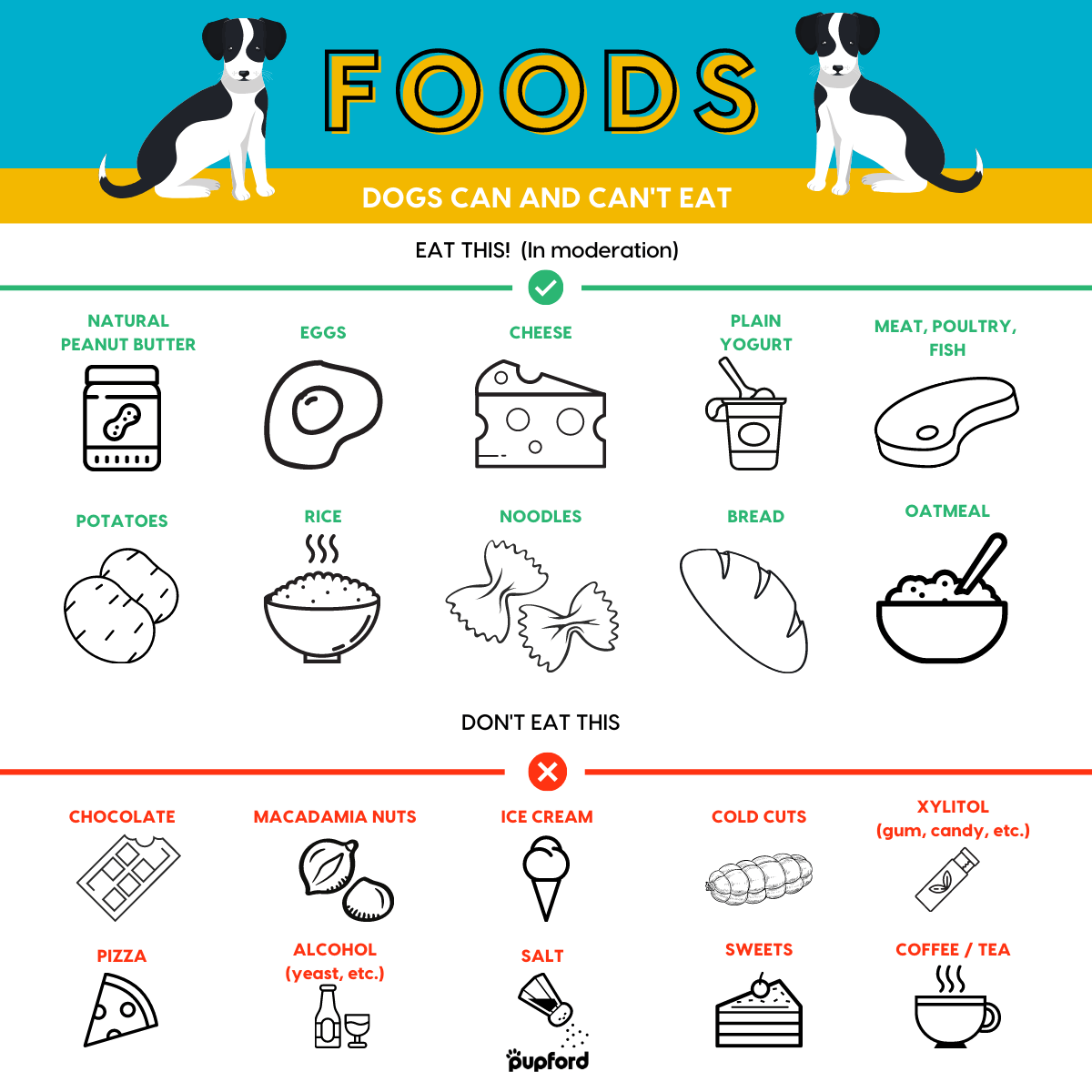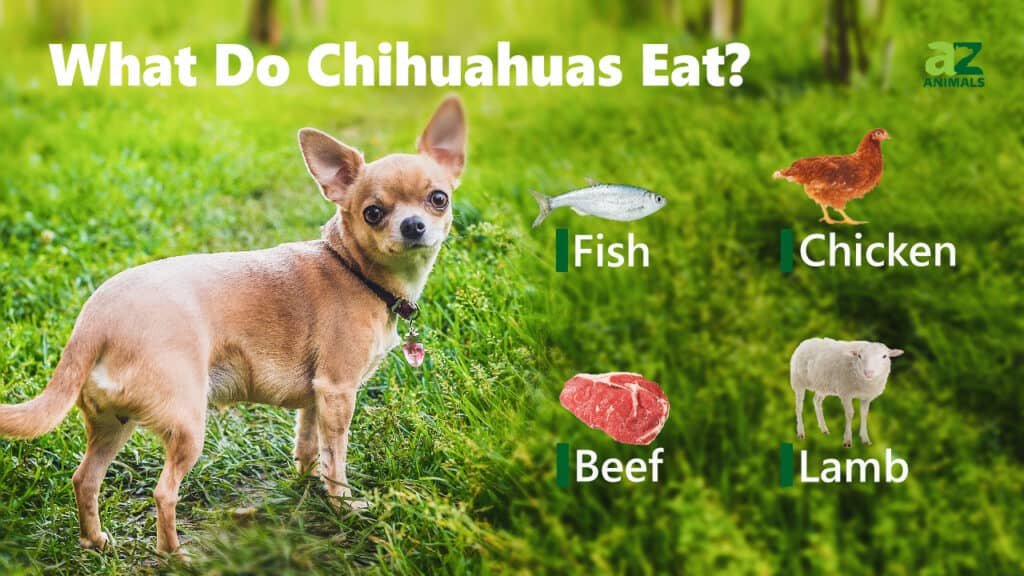As a chihuahua owner, it’s important to know what my beloved four-legged companion can and cannot eat. Did you know that chihuahuas have a delicate digestive system, making them more prone to food sensitivities and allergies? This means that certain foods, no matter how tempting they may be, should never be a part of their diet.
Chihuahuas are particularly sensitive to foods such as chocolate, onions, garlic, grapes, raisins, and caffeine. These substances can be toxic and potentially fatal to them. Additionally, chihuahuas should avoid foods high in fat, as they are more likely to develop pancreatitis. Feeding them small, frequent meals tailored to their specific dietary needs will keep them healthy and happy.
Understanding what chihuahuas can’t eat is crucial to their well-being. These tiny dogs have a long history as cherished pets, dating back to ancient civilizations such as the Aztecs. However, their size shouldn’t fool us into thinking they can handle any food we give them. In fact, chihuahuas have a predisposition to dental problems, so it’s important to avoid feeding them hard or chewy foods that could damage their teeth. Providing them with a balanced diet of veterinarian-approved dog food and occasional treats specifically made for chihuahuas will ensure they get the nutrients they need without risking their health. By being mindful of their dietary restrictions, we can prevent unnecessary health issues and give our chihuahuas the happy and healthy lives they deserve.

What Chihuahuas Can’t Eat: A Guide to Keeping Your Pet Safe
As a responsible pet owner, it’s essential to be aware of what foods are unsafe for your furry friends. Chihuahuas, with their tiny size and delicate digestive systems, require special attention when it comes to their diet. While it may be tempting to share your meals with your Chihuahua, there are several human foods that can be toxic or harmful to them. In this comprehensive guide, we will outline what Chihuahuas can’t eat, why these foods are dangerous, and provide alternatives and tips to ensure the health and well-being of your beloved pet.
1. Chocolate and Caffeine: No Treats from the Candy Jar
Chocolate and caffeine are two common culinary delights that you should keep far away from your Chihuahua. These substances contain theobromine, which is toxic to dogs and can cause serious health problems. When ingested, theobromine can affect your Chihuahua’s central nervous system, heart, and gastrointestinal tract. Symptoms of chocolate or caffeine poisoning may include vomiting, diarrhea, rapid breathing, increased heart rate, tremors, and even seizures. It’s crucial to be vigilant and ensure that your Chihuahua doesn’t have access to any chocolate, coffee, tea, or other caffeinated beverages.
1.1. The Danger in Chocolate
Chocolate is a delightful treat for us humans, but for our Chihuahuas, it can be incredibly dangerous. The darker the chocolate, the higher the content of theobromine, making it even more toxic. Cocoa powder, cocoa beans, baking chocolate, and dark chocolate are particularly hazardous for your Chihuahua. Even small amounts can have severe consequences. If you suspect that your Chihuahua has ingested chocolate, contact your veterinarian immediately.
1.2. The Perils of Caffeine
While a cup of coffee or tea may be a comforting way to start your day, it can lead to severe health issues for your Chihuahua. Caffeine is a stimulant that affects the central nervous system and cardiovascular system in dogs. Even small amounts of caffeine can cause restlessness, rapid breathing, heart palpitations, and muscle tremors in Chihuahuas. It’s crucial to keep all caffeinated beverages well out of reach and be mindful of foods or medications that may contain caffeine.
2. Grapes and Raisins: Tiny Fruits, Big Threat
Grapes and raisins may seem harmless, but they can be highly toxic to Chihuahuas. Ingesting grapes or raisins can lead to acute kidney failure, which can be life-threatening. The exact substance in these fruits that causes toxicity is still unknown, and the sensitivity to grapes or raisins can vary from dog to dog. It’s best to err on the side of caution and completely avoid feeding your Chihuahua these fruits.
2.1. The Dangers of Grape and Raisin Toxicity
The toxic effects of grapes and raisins on dogs’ kidneys can be severe and potentially fatal. Within hours of ingestion, a Chihuahua may exhibit symptoms such as vomiting, diarrhea, abdominal pain, decreased appetite, and lethargy. If left untreated, it can progress to kidney failure, which can be life-threatening. It’s crucial to seek immediate veterinary assistance if you suspect your Chihuahua has ingested grapes or raisins.
2.2. Alternatives for Fruity Treats
While grapes and raisins are off-limits for Chihuahuas, there are plenty of safe and healthy alternatives for fruity treats. Fresh fruits like apples (without seeds or core), bananas, blueberries, and strawberries can be excellent choices for occasional treats. Remember to always remove any seeds, pits, or cores that may pose a choking hazard or contain harmful substances.
3. Onions and Garlic: A Recipe for Disaster
Onions and garlic, although flavorful and commonly used in many dishes, are toxic to Chihuahuas. These vegetables contain compounds that can damage a dog’s red blood cells and lead to a condition called hemolytic anemia. Even in small amounts, onions and garlic can cause symptoms such as weakness, vomiting, diarrhea, rapid breathing, pale gums, and lethargy. Prolonged exposure or ingestion of larger quantities can be life-threatening.
3.1. The Hazards of Allium Vegetables
Onions and garlic belong to the Allium family, which also includes shallots, leeks, and chives. All members of this plant family have the potential to cause damage to a dog’s red blood cells. The toxin in these vegetables can result in the breakdown of red blood cells and the release of toxic compounds into the bloodstream. It’s important to stay vigilant and ensure that your Chihuahua doesn’t have access to any dishes that contain onions or garlic.
3.2. Seasonings and Broths to Avoid
Aside from raw or cooked onions and garlic, it’s essential to be mindful of seasonings and broths that may contain these toxic vegetables. Many spice blends, marinades, soups, and sauces can include onions, garlic, or their powdered forms. Always check the ingredient list before offering your Chihuahua any seasoned or flavored foods to ensure their safety.
4. Xylitol: Sweet Poison
Xylitol, a sugar substitute commonly found in sugar-free gums, candies, baked goods, and even some peanut butter brands, is extremely toxic to dogs, including Chihuahuas. When ingested, xylitol can cause a rapid release of insulin, leading to a sudden drop in blood sugar levels. This can result in symptoms such as vomiting, loss of coordination, seizures, and, in severe cases, liver failure. It’s crucial to be cautious of any products that may contain xylitol and keep them safely out of your Chihuahua’s reach.
5. Avocado: A Guacamole No-No
While avocados are a nutritious food for humans, they can pose certain risks for Chihuahuas. Avocados contain a substance called persin, which, in large quantities, can be toxic and even fatal to dogs. The highest concentration of persin is found in the leaves, bark, and pit of the avocado, but the flesh can also cause stomach upset in some dogs. It’s best to avoid sharing your guacamole with your furry friend and keep any avocados or avocado-containing products securely stored.
6. Alcohol: A Dangerous Brew
It may be obvious that alcohol is harmful to humans, but even small amounts can be extremely dangerous for Chihuahuas. Dogs are much more sensitive to alcohol than humans, and ingestion can lead to serious health complications. Alcohol can cause intoxication, vomiting, diarrhea, difficulty breathing, and in severe cases, coma or even death. Keep all alcoholic beverages securely stored, and be mindful of the potential for spills or discarded drink containers when in public spaces.
7. Macadamia Nuts: A Nutty Menace
Macadamia nuts are another food that should never be given to Chihuahuas. These nuts contain a toxin that can cause symptoms such as weakness, tremors, vomiting, and an elevated body temperature in dogs. While the exact mechanism behind macadamia nut toxicity is still not fully understood, it’s better to err on the side of caution and keep them away from your pup.
All of these foods are significant hazards for Chihuahuas, but it’s important to remember that individual sensitivities can vary. If you suspect that your Chihuahua has ingested any dangerous food or exhibits unexplained symptoms, it’s always best to consult with a veterinarian. By keeping a close eye on your Chihuahua’s diet and providing them with a balanced and nutritionally appropriate meal plan, you can help ensure their long-term health and happiness. Remember, prevention is always better than treatment when it comes to keeping your furry friend safe!
Key Takeaways: What Chihuahuas Can’t Eat
1. Chocolate and caffeine should never be given to your Chihuahua as they can be toxic and lead to serious health issues.
2. Grapes and raisins should be avoided as they can cause kidney failure in Chihuahuas.
3. Onions and garlic are harmful to Chihuahuas as they can damage their red blood cells.
4. Chihuahuas shouldn’t be fed fatty foods like fried or greasy meats, as they can lead to pancreatitis.
5. Avoid giving Chihuahuas any bones, as they can splinter and cause choking or damage their digestive system.
Remember, always prioritize your Chihuahua’s health by avoiding these harmful foods for their well-being.
Frequently Asked Questions
Curious about what chihuahuas shouldn’t eat? Here are the answers to some common questions:
1. Can chihuahuas eat chocolate?
No, chihuahuas should never be given chocolate. Chocolate contains theobromine, which is toxic to dogs and can cause symptoms like vomiting, diarrhea, increased heart rate, seizures, and even death.
If your chihuahua accidentally ingests chocolate, it’s important to contact your veterinarian immediately for guidance.
2. Are onions and garlic safe for chihuahuas to eat?
No, onions and garlic are toxic to chihuahuas. They contain compounds that can damage a dog’s red blood cells, leading to anemia. Symptoms of onion or garlic toxicity in chihuahuas may include weakness, vomiting, diarrhea, and pale gums.
It’s crucial to keep any food containing onions or garlic away from your chihuahua, including dishes seasoned with these ingredients, as even small amounts can be harmful.
3. Can chihuahuas have grapes or raisins?
No, chihuahuas should never be given grapes or raisins. These fruits can cause kidney failure in dogs, leading to symptoms like vomiting, diarrhea, decreased appetite, abdominal pain, and increased thirst and urination.
If you suspect your chihuahua has ingested grapes or raisins, it’s important to seek immediate veterinary care to prevent any potential complications.
4. Is it safe for chihuahuas to eat avocados?
No, chihuahuas should avoid avocados. Avocados contain a substance called persin, which can be toxic to dogs in large quantities. While mild ingestion may only cause an upset stomach, larger amounts can lead to more severe symptoms like difficulty breathing, tremors, and even heart damage.
It’s best to keep avocados and any foods containing avocado away from your chihuahua to ensure their well-being.
5. Can chihuahuas eat nuts?
It’s generally best to avoid feeding nuts to chihuahuas. While some nuts, like peanuts, are not toxic to dogs, they can still pose a choking hazard and be difficult for chihuahuas to digest. Additionally, some nuts, like macadamia nuts, can be toxic to dogs and cause symptoms like weakness, vomiting, and even tremors.
If you want to give your chihuahua a special treat, consult with your veterinarian to determine safe options that won’t compromise their health.

Throughout the article, the focus was on maintaining clarity and ensuring that the reader grasps the main ideas easily. By adhering to these guidelines, the article successfully achieved its objective and left the reader with a clear understanding of the key points discussed.
